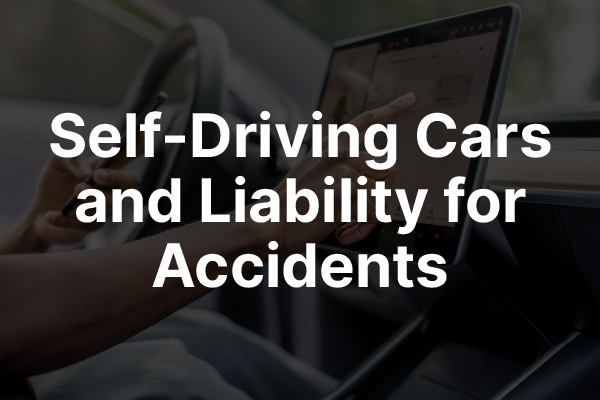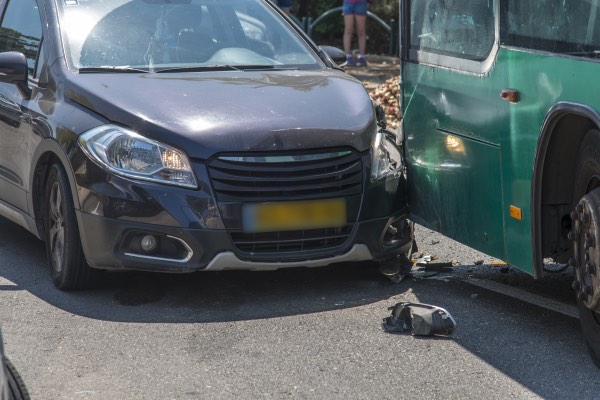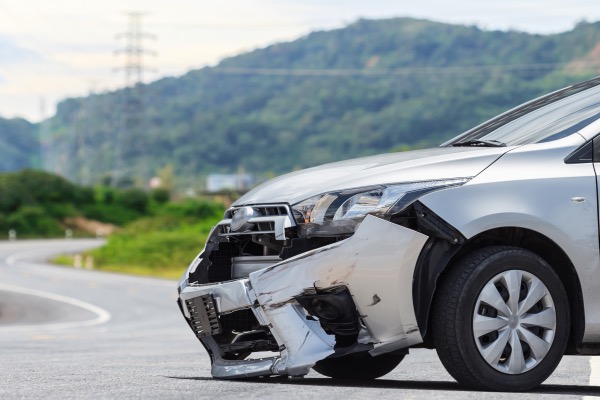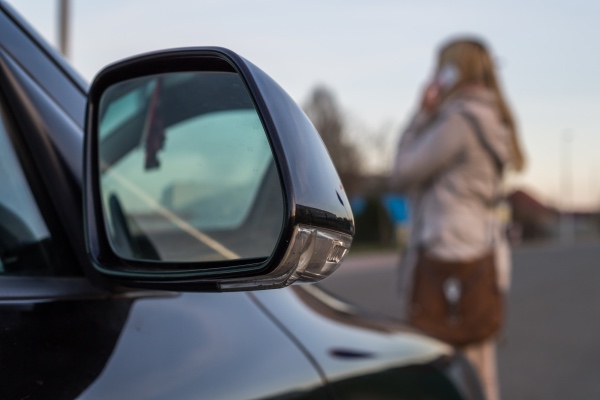
Back in the early 2000s, quick advancements in motor-vehicle technology led some to believe that flying cars or cars with supercomputers in them would be a product of today. While these may not have come to fruition (yet), cars have seen incredible technological leaps and bounds since then. From being able to self-diagnose issues, such as reporting tire pressure, to including more advanced safety features, such as alerting you if there is a car in your blind spot, cars have become powerful tools. But one of the most recent and impressive advancements is the invention of self-driving vehicles.
What Is a Self-Driving Vehicle?
A self-driving car, also known as an autonomous car, is a vehicle that utilizes sensors, cameras, radar, and artificial intelligence (AI) to reach destinations without a human driver. To be considered fully autonomous, the vehicle must be able to properly navigate roads to a predetermined destination without human intervention.
Are Self-Driving Cars a Reality?
Large companies, such as Google, have been developing self-driving cars for the past few years. Currently, fully autonomous self-driving cars remain in the testing phase and are not yet on the road.
However, while completely autonomous cars aren’t on the road yet, some newer vehicles on the market have self-driving features. The Subaru Outback and most Tesla cars have self-driving capabilities including lane assistance and parallel parking. These features are designed to make driving safer and relieve some of the more stressful aspects of driving, such as the difficult-to-master parallel parking.

While these exciting new advancements are designed with safety in mind, they’re not perfect. Accidents where a self-driving vehicle malfunctioned have occurred, resulting in damage and injuries. In these cases, the victim may want to pursue a personal injury claim but not know who the liable party is—the driver, the self-driving car, or the manufacturer.
Our team has been keeping a close eye on how Texas law will handle future car accidents, especially concerning the advancements in autonomous car accidents. Here’s what we’ve found:
Who Is Responsible for the Accident: the Manufacturer, the Driver, or the Government?
The issue with self-driving cars is that they take away the responsibility of safe driving from a person and give it to a machine. While this technology is exciting and cool, it isn’t foolproof, and several accidents involving Google’s self-driving cars have already been reported.
In cases like this, we need to ask the question: did human error cause the accident or was there a defect in the car’s programming?
For example, an individual is driving down the interstate using their vehicle’s lane assist technology. This new technology uses the sensors on the car’s front and back to track where the lines of the lanes are and and adjusts the wheel as needed to ensure that the vehicle remains in those lines. However, new road construction has caused the lines to shift a little and old paint makes figuring out which line is the lane confusing for the vehicle. This confusion results in an accident, as the car automatically adjusts to try and keep with the old lines, causing the vehicle to side-swipe the car next to it.
Who Is Responsible?
Breaking down the facts of this case, we have the following:
- A driver was present in the car.
- The car’s lane-assist technology was keeping it in the lines and auto-adjusted to try and stay there.
- This adjustment led to the accident.
The major question that must be asked here is: did the driver of the partially autonomous car have any form of control when the vehicle began to self-adjust? In some vehicles, such as the Subaru Outback, the auto-lane assist feature gives a pre-warning indicating that the driver should keep their hands on the wheel. The auto-lane assist will turn off if the driver corrects the AI’s correction.
If this is the case, then the driver of the vehicle would be considered responsible, as it is still their responsibility to pay attention to the road.
However, if the lane assist was doing all the work for the driver and the driver had no control of the vehicle, then the manufacturer would likely be held responsible.
Breaking Down Liability for Self-Driving Car Accidents
The Car Accident Was Caused By Human Error

As of right now, most driverless features on cars still require the driver to play a supervisor role for the AI function. As with the Subaru example above, the driver is expected to pay attention to the road so that they may take back control if the AI makes a poor judgment due to varying road conditions. When a driver fails to do so, and an accident takes place, they will still be held responsible, as if they were driving the car completely by themselves in the first place.
A Vehicle Malfunction Caused the Accident
As with all advancements in technology, it will take a while to completely work out all bugs in the system. Because of this, the vehicle may malfunction for one reason or another. Perhaps the vehicle’s sensors were bad or the computer experienced an error due to a shortage. Whatever the case, these issues can result in a software malfunction or complete mechanical malfunction, leading to an accident. In these cases, the vehicle’s manufacturer may be held responsible for the damages.
Poor Regulations Concerning Self-Driving Vehicles
State and federal governments are responsible for regulating the testing of driverless vehicles on public roads to ensure the safety of their citizens. Laws should be in place to only allow experimental vehicles onto public roads where manufacturers have demonstrated that their vehicles will not put the rest of the public at an unreasonable risk.
Defective Design or Manufacturing Defect Caused the Accident
Autonomous vehicles need extra care to ensure that everything is running as smoothly as it should. If a vehicle that is self-driving or has self-driving features gets into an accident and a defect is found in its programming or design, the manufacturer may be held responsible. This kind of case falls under product liability.
Will Self-Driving Cars Change How Insurance Is Handled?

With a shift in who may be liable for an accident, insurance companies may have to shift their policies as well. As of right now, we can only speculate about what these changes might look like.
Findings of the RAND Study
The RAND Corporation is a research organization that develops solutions to public policy challenges to ensure that communities throughout the world are made safer and more secure. Their recent study on how self-driving cars will affect insurance policies provided the following results:
- Drivers will still need to have liability insurance but the amount of coverage needed may change over time. This could potentially lead to coverage being less expensive.
- Insurance requirements may have to become more consistent across state lines as self-driving cars are used more.
- Another potential change could be if the AIs should be treated the same as a person. Should AI be insured like we insure people?
No Matter How Technology Changes, One Thing Remains the Same
No matter how things change concerning technology’s involvement in vehicles, what will always stay the same is that a car accident attorney is your best chance of getting the compensation you deserve. When you have been involved in an accident with either a regular vehicle or a self-driving one, the team at the Hernandez Law Group, P.C. is here to fight for you. Don’t let the insurance company, manufacturers, or government agencies keep you from ensuring your recovery is successful. Contact us today for more information on our services or to schedule an appointment with one of our team members to go over your case.
